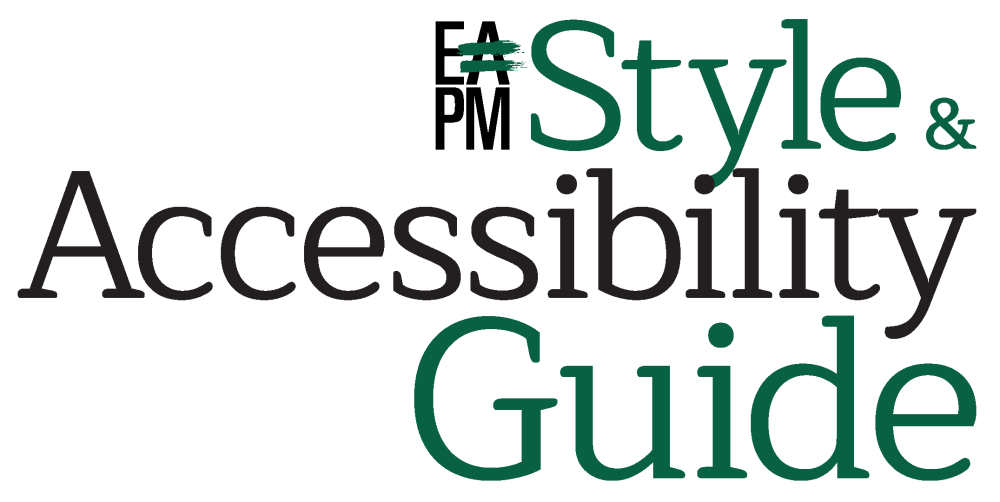plain language
International Plain Language Federation defines plain language as communication in which wording, structure, and design are so clear that the intended readers can easily find what they need, understand what they find, and use that information.
Wording should be:
- familiar to the audience;
- in clear sentence structure;
- and preferably with one idea per sentence.
Structure should be:
- in a logical order in the way the audience would understand it — not the content creator;
- give the most important information and the information the most people will need first;
- and give the least important information last or the information last.
Design should be:
- Grouping information under useful and accurate headings;
- Making important information visually prominent;
- and applying consistent visual design.
Didn’t find what you need?
Try searching the Style and Accessibility Guide in the box below
Join the Guide patrons
The Style and Accessibility Guide is free to use because people like you have become Guide patrons. Consider joining for $24.99 a year — or any amount you choose.
